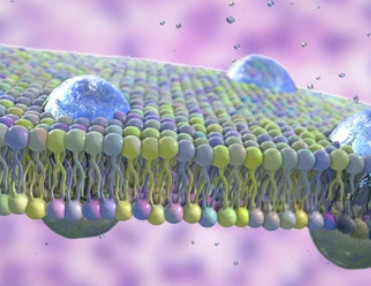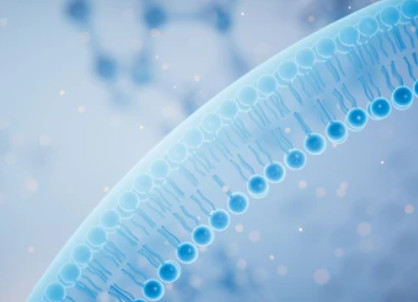Mitochondrial Proteomics Services
Online InquiryMitochondria are important organelles of eukaryotic cells, and are the regulatory center of cell energy metabolism, biosynthesis and cell death. Changes in the structure and function of mitochondrial proteins can lead to the generation of many diseases, such as neurodegenerative diseases, cancer, heart disease and diabetes.
Creative Proteomics provides a one-stop service for mitochondrial proteomics, which aims to conduct a comprehensive analysis of mitochondria from a holistic perspective. The main contents include: 1) analysis of dynamic changes in mitochondrial protein composition, expression level, and modification status; 2) clarification of expression and functional patterns of all proteins in the mitochondria; 3) analysis of protein-protein interactions. Mitochondrial proteomics provides important theoretical basis for analyzing the physiological functions of mitochondria, exploring the pathogenesis of mitochondrial-related diseases, and promoting mitochondria for targeted drug development.
Advantages of the Mitochondrial Proteomics Services:
- Efficient and stable protein extraction method: based on the mainstream mitochondrial extraction technology, we have optimized the upstream and downstream of the extraction scheme, increased the protein flux, and the extraction purity can be increased by 10-20% on the original basis.
- High performance mass spectrometry system: equipped with Q Exactive Hybrid Quadrupole-Orbitrap and Agilent 6540 Q-TOF high performance mass spectrometer with multiple mass spectrometry techniques such as SRM, PRM and SWATH full scan collection, which effectively improving the identification and quantification of low abundance subcellular related proteins.
- Multi-database integration: by integrating multiple related high-quality protein databases, the accuracy and flux of subcellular protein localization can be greatly improved.
- Multi-dimensional data analysis: in addition to the comparison with the more complete related subcellular database, multiple software was used for the prediction analysis of subcellular localization based on the calculation method to further increase the identification flux.
Mitochondrial Proteomics Technology Roadmap

Data Analysis of Mitochondrial Proteomics
| 1. Data output statistics and quality control | 2. Protein identification analysis (Density map, Scatter plot, Venn diagram) | 3. Quantitative protein analysis (Density map, Scatter plot, Venn diagram) |
| 4. Protein GO analysis | 5. Protein pathway analysis | 6. Protein COG analysis |
| 7. GO enrichment analysis of differential proteins | 8. Pathway enrichment analysis of differential proteins | 9. COG analysis of differential proteins |
References
- Friedman J R, Nunnari J. Mitochondrial form and function. Nature, 2014, 505(7483): 335-343.
- Rao R S P, Salvato F, et al. The proteome of higher plant mitochondria. Mitochondrion, 2017, 33: 22-37.
- Lotz C, Lin A J, et al. Characterization, design, and function of the mitochondrial proteome: from organs to organisms. Journal of proteome research, 2013, 13(2): 433-446.
Related Services
* For Research Use Only. Not for use in diagnostic procedures.





